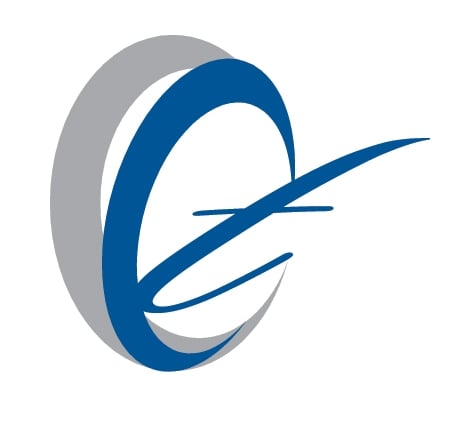1 min read
Advances in Tablets and Smartphones Drive Increase in Mobile Learning
 OCCU-TEC, Inc.
:
Oct 20, 2011
OCCU-TEC, Inc.
:
Oct 20, 2011
Workforce trainers have incorporated technology in their classroom instruction for decades. However now with cloud computing and the growth of smaller, more portable computers and Internet-capable Smartphones and Tablets, it’s now possible to bring their classroom to the technology.
Future Workplace & IESE Business School
M-Learning: From Anticipation To Reality
- By year end of 2011: nearly forty percent of executives plan to incorporate media tablets into learning and development initiative.
- Nearly 75% of these learning executives plan to incorporate smartphones by the end of this year.
By 2015: Human Resource executives plan to leverage mobile devices not only for learning & performance support but also for coaching and mentoring employees.
Five Barriers to Implementation
- Cost of developing content across all types of mobile devices and platforms.
- Security of issues associated with mobile devices
- Non-clarity on how to participate in mobile learning
- Out-dated IT policies
- Lagging instructional design expertise
Internet is Everywhere
There aren’t a lot of places these days that are devoid of an Internet connection, and many people can now access the web from anywhere they can get a cell phone signal. Online collaborative learning is on the rise as a result. Whether through blogging, podcasts, or more traditional online discussion forums, trainers and learners are experiencing a whole new world of opportunities.
Now with the rise in popularity of Tablets; they too are finding a home in both the traditional and the virtual classrooms. Like many Smartphones, Tablets have touch capabilities built into the screen. Learners can touch the screen on Tablets to manipulate, interact and share content with one another inside and outside the classroom, which can foster an interactive environment. Tablets are more than an interactive tool; they can also save time. Instead of spending hours transcribing classroom records and scores; trainers can simply mark papers electronically and then transfer the scores directly into their Learning Management System (LMS).
mLearning implementation
The actual implementation of mLearning is growing faster in some sectors more than others. According to eLearning Guild research data collected from members worldwide, the use of mLearning for social networking and communication is currently more prevalent than it is for the development of custom applications, with 38.1% of organizations either implementing, designing, or building the business case for social networking and only 25.7% for custom application development. However of those who have already conducted an mLearning implementation, 50% are seeing positive returns.

.png)